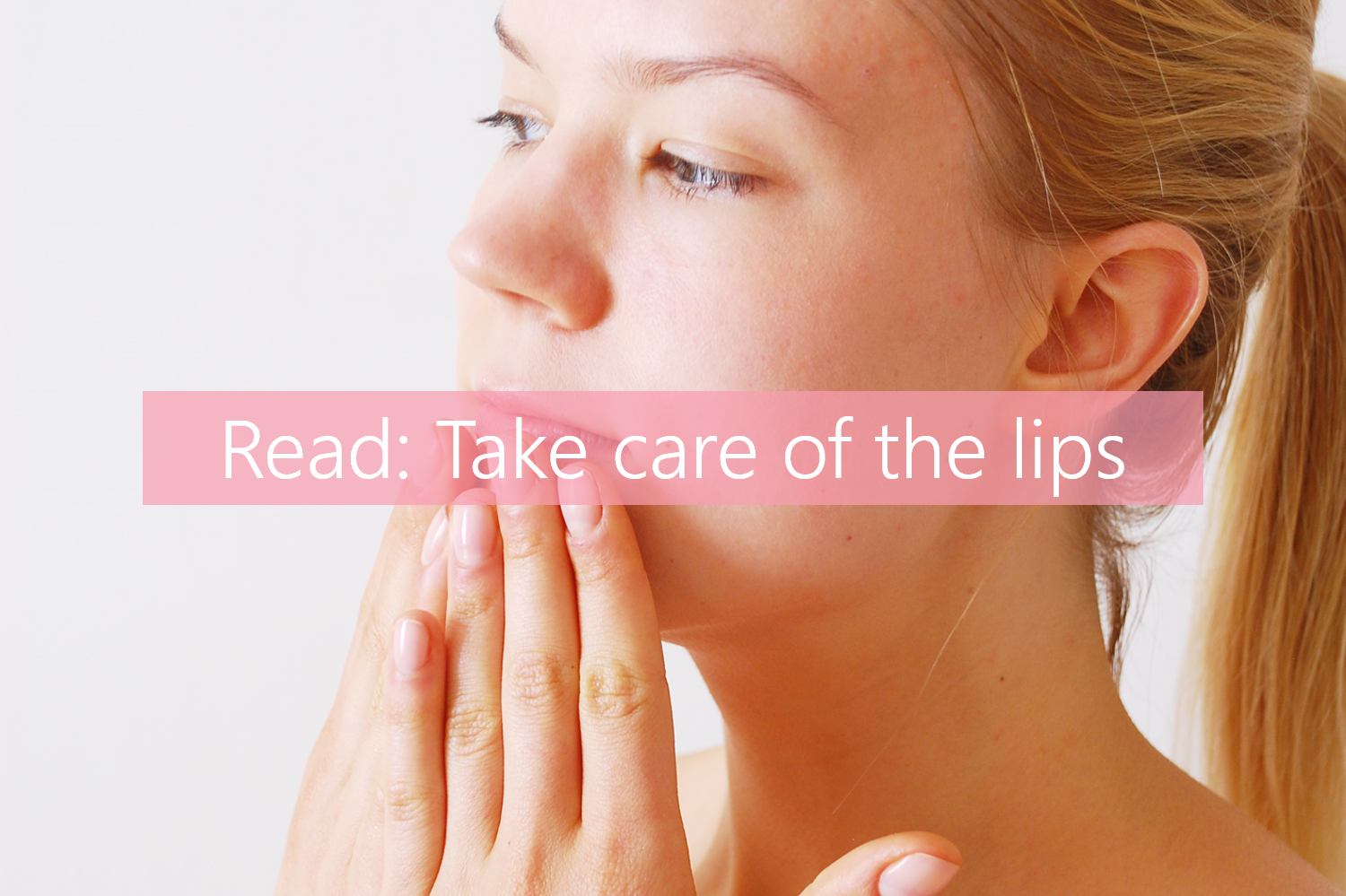Lips biology
The lips are a sensory organ, as well as an organ of seduction. Moisturized lips are a sign of youth and attractiveness. However, they have a very particular anatomy that makes them very fragile.
The skin of the lips forms a boundary between the skin of the face and the mucous membrane inside the mouth. Their anatomy is particular, the skin of this area being very thin compared to the skin of the face. Lips also contain few cells responsible for the synthesis of skin pigments, melanocytes. This is why the lips have a pink/red color, given by the blood supply, which is therefore visible. The lower lip has no sweat glands (which produce sweat) or sebaceous glands (which produce sebum). The lips are therefore not protected by the sebum layer that protects the rest of the skin.
Because of this thinness and non-existent natural protection, the lip barrier function is weak, which results in easy and rapid dehydration. The second consequence is that the skin of the lips is also very sensitive to the environment and external factors such as wind, sun or extreme temperatures, which can quickly change their condition.
Lips are therefore fragile, and can quickly become dry, chapped, and their color dull. In addition to the aesthetic consequences, these phenomena can be uncomfortable on a daily basis.
Lips are also sensitive to aging. With age, the collagen and elastin fibers of the lips degenerate their amount decreases. This causes the formation of residues and wrinkles, as well as a decrease in lip volume that is particularly visible from the age of 50.
Taking care of the lips with natural and adapted products is therefore important to prevent the lips from drying out and aging early.




